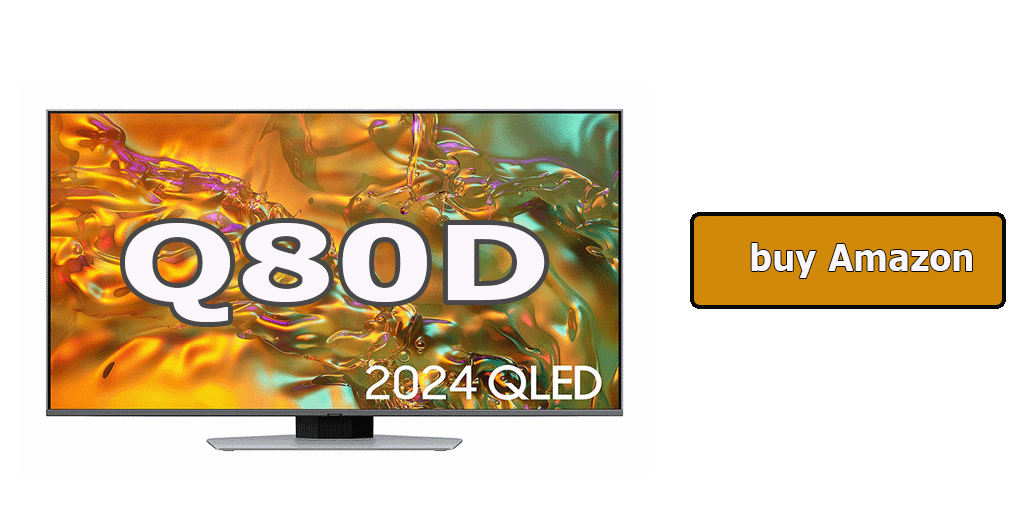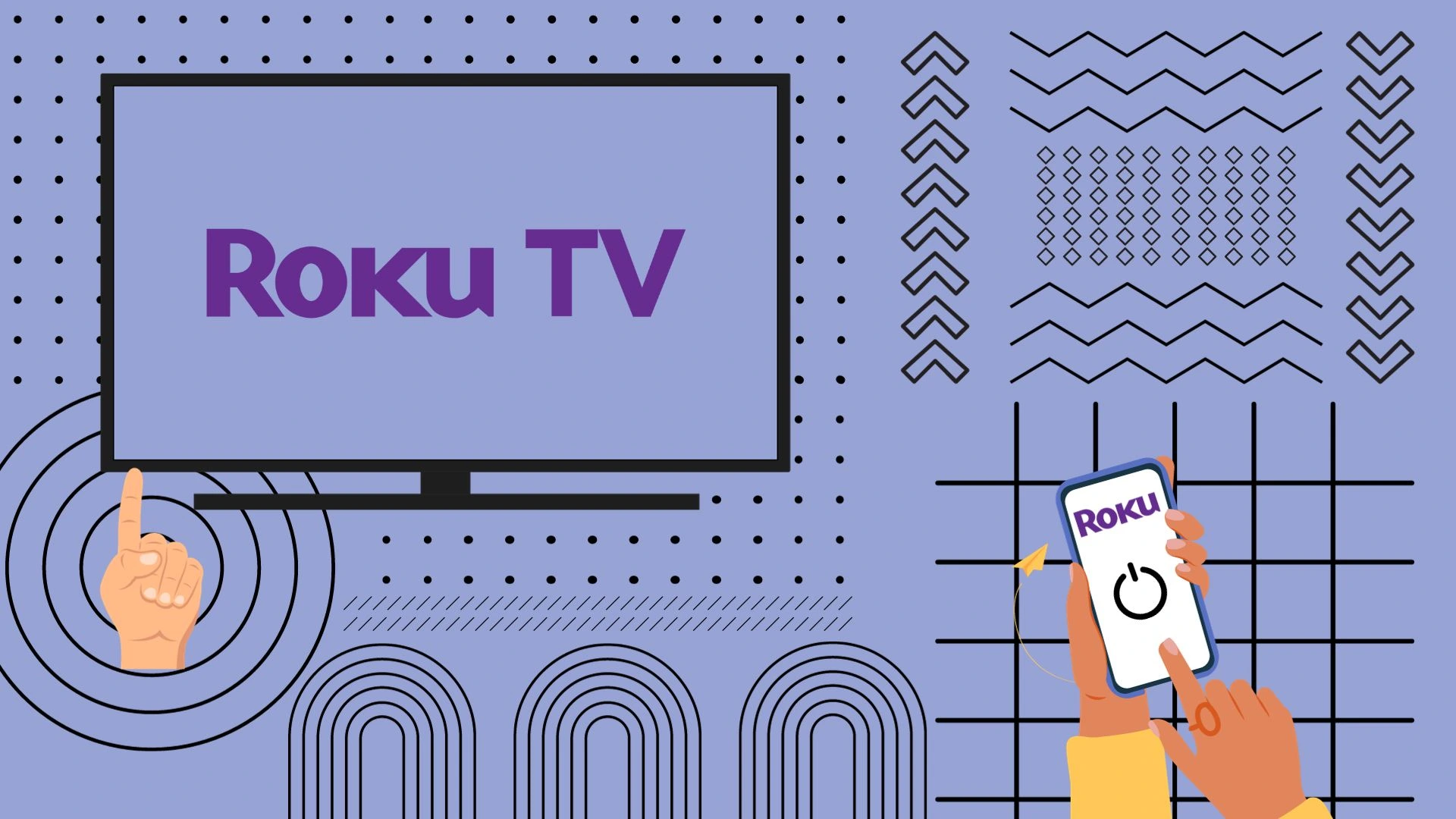Samsung’s QLED series offers an affordable range of TVs that balance price and picture quality effectively. These televisions are equipped with LED panels featuring quantum dot technology for enhanced color rendering. A key feature across the series is the use of 8-bit panels augmented by FRC (Frame Rate Control) technology. This approach mimics the performance of 10-bit panels by relying on the persistence of human vision. For example, rapidly alternating black and white squares create the perception of a gray square, demonstrating how FRC increases the range of visible shades.
When comparing models within this lineup, you’ll find variations in features and configurations. Here’s a detailed breakdown to guide your choice.
Differences Between Q60D, Q70D, and Q80D Models in the Series
The Q60D model stands out primarily due to its basic characteristics. It is the most affordable in the series, with a display featuring a 60Hz refresh rate and side (bottom) backlight local dimming. However, this local dimming is quite limited in practice—it can only darken the left or right sections of the screen, highlighting the use of a budget display. Consequently, the Q60D is equipped with the most minimal processor in the lineup. It also has three HDMI ports, indicating a less advanced HDMI controller.

The Q70D model offers a more advanced display, supporting a 120Hz refresh rate. However, it still utilizes EDGE backlighting, meaning the picture quality is better than the Q60D, but it remains a relatively basic option within the lineup.
The Q80D is the most senior model in the 2024 lineup. It features a display with Direct-lit backlighting, which provides slightly better local dimming than the EDGE backlighting in the Q60D and Q70D. The Q80D also supports 120Hz refresh rate and has more speakers for better sound. A point to note is the difference in processors. Samsung uses commercial processor names, which can sometimes lead to confusion, very often they are equivalent processors but with different amounts of memory.

Below, you’ll find a convenient comparison of the technical specifications for these models.
Technical Specifications for Q60D, Q70D, and Q80D TVs
| Category | Q60D | Q70D | Q80D |
|---|---|---|---|
| Product | QLED | QLED | QLED |
| Series | 6 | 7 | 8 |
| Available Screen Sizes | 32″, 43″, 50″, 55″, 65″, 70″, 75″, 85″ | 55″, 65″, 75″, 85″ | 50″, 55″, 65″, 75″, 85″ |
| Screen | |||
| Resolution | 4K (3,840 x 2,160) | 4K (3,840 x 2,160) | 4K (3,840 x 2,160) |
| Refresh Rate | 60Hz | 120Hz | 120Hz |
| backlight | EDGE | EDGE | Direct |
| Display Technology | Quantum HDR, 100% Color Volume | Quantum HDR, 100% Color Volume | Quantum HDR+ |
| HDR Support | HDR10+ (Adaptive), HLG | HDR10+ (Adaptive/Gaming), HLG | HDR10+ (Adaptive/Gaming), HLG |
| Contrast | Dual LED | Dual LED | Direct Full Array |
| Picture Processor | Quantum Processor Lite 4K | Quantum Processor 4K | NQ4 AI Gen2 Processor |
| Motion Technology | Motion Xcelerator | Motion Xcelerator 120Hz | Motion Xcelerator 120Hz |
| Viewing Angle | — | Wide Viewing Angle | Wide Viewing Angle |
| Enhancement Features | Filmmaker Mode, Supreme UHD Dimming | Filmmaker Mode, Supreme UHD Dimming | Filmmaker Mode, Real Depth Enhancer, Supreme UHD Dimming |
| Panel Bit Depth | 8bit + FRC (approx. 10bit) | 8bit + FRC (approx. 10bit) | 8bit + FRC (approx. 10bit) |
| Audio | |||
| Sound Output (RMS) | 20W | 20W | 40W |
| Speaker Type | 2CH | 2CH | 2.2CH |
| Sound Technologies | OTS Lite, Adaptive Sound, Q-Symphony | OTS Lite, Adaptive Sound Plus, 360 Audio, Q-Symphony | OTS Lite, Adaptive Sound Pro, Dolby Atmos, Active Voice Amplifier Pro |
| Bluetooth Audio | Yes | Yes | Yes |
| Dolby Decoder | MS12 2ch | MS12 2ch | MS12 2ch |
| Smart Features | |||
| Operating System | Tizen™ Smart TV | Tizen™ Smart TV | Tizen™ Smart TV |
| Voice Assistants | Alexa, Google Assistant | Alexa, Google Assistant, Far-Field Interaction | Alexa, Google Assistant, Far-Field Interaction |
| SmartThings | Yes | Yes | Yes |
| Web Browser | Yes | Yes | Yes |
| Game Features | Game Hub, Auto Game Mode (ALLM), HGiG | Game Hub, FreeSync Premium, HGiG, Dynamic Black EQ | Game Hub, FreeSync Premium Pro, HGiG, Dynamic Black EQ |
| Multi View | Up to 2 videos | Up to 2 videos | Up to 2 videos |
| AirPlay | Yes | Yes | Yes |
| Connectivity | |||
| HDMI Ports | 3 (eARC/ARC) | 4 (eARC) | 4 (eARC) |
| USB Ports | 2 x USB-A | 2 x USB-A | 2 x USB-A |
| Ethernet (LAN) | 1 | 1 | 1 |
| RF In | 1/1 (shared for terrestrial) | 1/1 (shared for terrestrial) | 1/1 (shared for terrestrial) |
| Digital Audio Out | 1 | 1 | 1 |
| Wi-Fi | Yes (Wi-Fi 5) | Yes (Wi-Fi 5) | Yes (Wi-Fi 5) |
| Bluetooth | Yes (BT5.2) | Yes (BT5.2) | Yes (BT5.2) |
| HDMI Input Rate | 4K 60Hz | 4K 120Hz (on all ports) | 4K 120Hz (on all ports) |
Samsung Q60D, Q67D, Q70D, Q77D, and Q80D TV Models for the UK
In Europe, additional models, the Q67D and Q77D, expand the standard Samsung QLED lineup. These models maintain the same technical specifications as their counterparts but may exhibit differences in design or components. Variations can include displays sourced from different manufacturers or changes in the color of the frame and stand.





